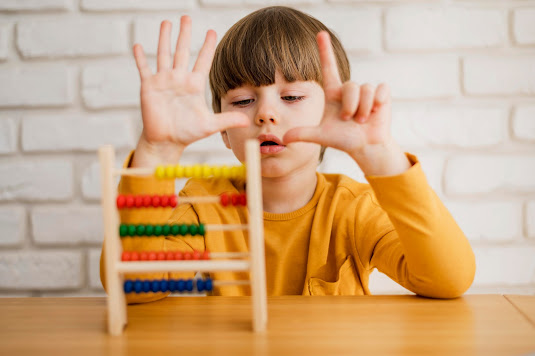The Role of Occupational Therapy in Addressing Gross Motor Delays
Introduction
A child's development of gross motor abilities is significantly influenced by developmental milestones such as crawling, walking, and running, which are not only endearing moments that are documented on camera. But reaching these benchmarks might be a difficult path for some kids. The daily life and general development of a child can be greatly affected by gross motor delays, which are defined by challenges in balance, coordination, and mobility.
Thankfully, occupational therapy is a potent ally in the fight against these obstacles. Offering specialised therapies to improve motor skills and foster independence, occupational therapy in Ajman and other areas is essential in helping children with gross motor deficits. Let's examine occupational therapy's priceless contributions to the treatment of gross motor deficits.
Understanding Gross Motor Delays
It's critical to understand the nature of gross motor deficits before delving into the role of occupational therapy. These delays can take many different forms. For example, they can cause difficulties with activities like jumping, hopping, or climbing stairs, or they can cause delays in reaching developmental milestones like sitting up, crawling, or walking. Children who have gross motor delays may experience difficulties with strength, balance, coordination, or motor planning, which might hinder their play, athletics, and everyday activities.
Enter Occupational Therapy
Occupational therapists are medical specialists with training who focus on improving people's capacity to engage in fulfilling activities or careers. Occupational therapists take a multidisciplinary approach to treating gross motor delays, taking into account sensory, cognitive, and environmental issues that may impact a child's motor development in addition to the physical concerns.
Occupational therapy services in Ajman are customised to each child's specific needs. Therapists carry out thorough evaluations in order to pinpoint certain issues and create individualised treatment strategies. These programmes frequently include a wide variety of methods and exercises designed to boost confidence, improve coordination, and improve motor abilities.
Hands-On Interventions
Occupational therapy sessions for gross motor delays are lively, interesting, and customised to the child's skills and interests. They are anything but typical. To focus on certain areas of need, therapists employ a range of practical interventions. Among them could be:
Therapeutic Exercises: Targeted exercises to improve strength, endurance, and coordination.
Balance Training: Activities to enhance balance and stability, such as walking on balance beams or playing balance games.
Coordination Activities: Tasks focusing on bilateral coordination, visual-motor integration, and hand-eye coordination.
Sensory Integration: Incorporating sensory experiences to enhance motor planning and control.
Adaptive Equipment: Introducing adaptive tools and equipment to support participation in activities.
Collaboration and Support
Occupational therapy is a collaborative field that doesn't function well in isolation. Therapists collaborate closely with educators, parents, carers, and other health care providers to guarantee a coordinated intervention strategy. Occupational therapists in Ajman operate in conjunction with paediatricians, schools, and other medical professionals to establish a network of support for the child.
Progress and Empowerment
Observing the children they treat make progress and gain confidence is one of the most fulfilling parts of occupational therapy. Children with gross motor delays can make great progress in their motor abilities and develop confidence and independence in the process with regular therapy sessions and continued support. Every accomplishment, be it gaining control of new playground skills or making those first steps on their own, is proof of the effectiveness of occupational therapy.
Conclusion
For kids and families in Ajman, occupational therapy is a ray of hope and support when it comes to overcoming gross motor difficulties. Occupational therapists enable children to realise their full potential, one step at a time, via individualised interventions, teamwork, and steadfast dedication. Thus, bear in mind that occupational therapy in Ajman is a route to advancement and opportunity rather than merely a service if you're helping your youngster navigate the difficulties of gross motor delays.

